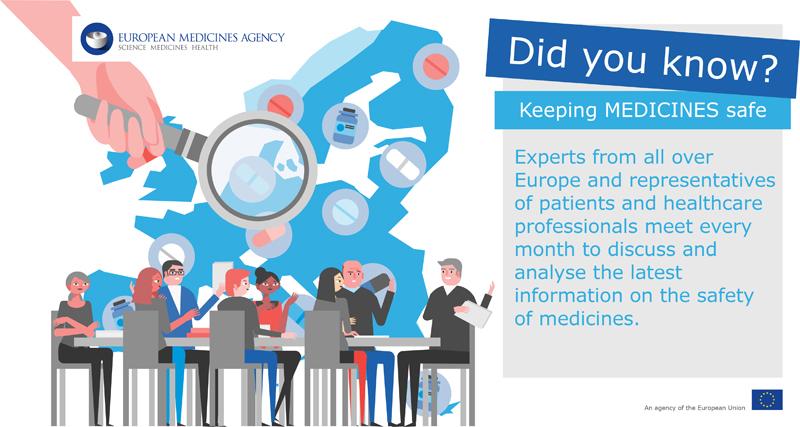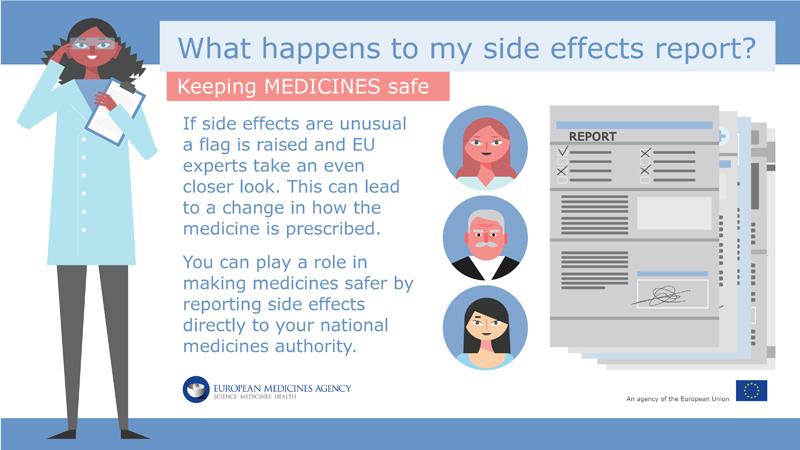Pharmacovigilance: Overview
Pharmacovigilance is the science and activities relating to the detection, assessment, understanding and prevention of adverse effects or any other medicine-related problem. The European Medicines Agency (EMA) coordinates the European Union (EU) pharmacovigilance system and operates services and processes to support pharmacovigilance in the EU.
HumanPharmacovigilance

